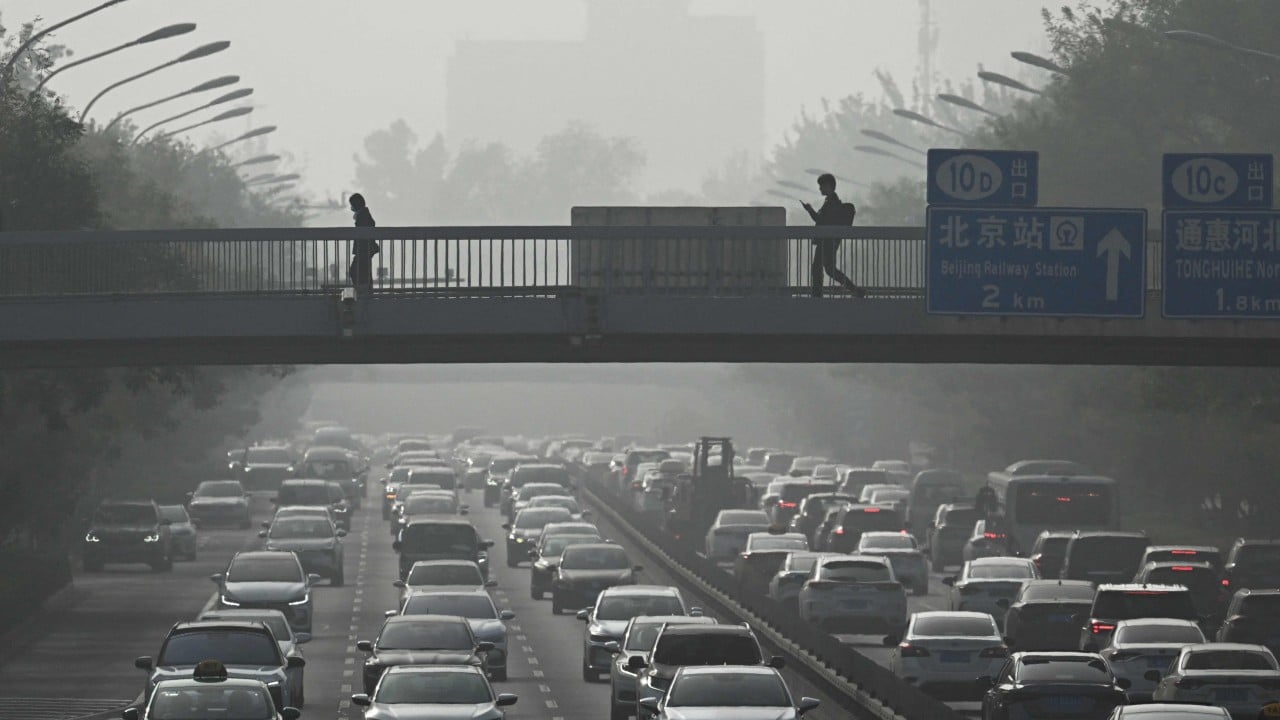Over the past decade, clean-up efforts in East Asia have reduced air pollution significantly, improving quality of life and health in the region – but they may have inadvertently contributed to the acceleration of global warming by removing particles that helped cool the Earth.
Advertisement
Pollutants are made up of aerosols, liquid and solid particles suspended in the air. However, their removal leads to less cloud and less ground protection from the sun and may have altered global climate and weather patterns – although how to quantify the impact is an ongoing debate among scientists.
A recent independent climate study published in Communications Earth & Environment journal on July 14 said it might have found a potential correlation between the two by studying the falling levels of air pollution in East Asia over the past decade.
“Polluted air may have been masking the full effects of global warming”, said Bjørn Samset, a senior researcher in climate and atmospheric sciences at the Centre for International Climate and Environmental Research in Oslo and a contributing author to the study.
The East Asian region – which includes China, Japan, North and South Korea and Mongolia – has undertaken major efforts to cut air pollution over the past decade. In China especially, efforts to reduce the emission of sulphur dioxide (SO2) brought about the world’s most significant improvements to air quality.
The amount of SO2 polluting the air in East Asia has fallen by an estimated 75 per cent since 2013, according to the study.
Advertisement
The study found that emission reduction in East Asia had likely contributed up to 0.05 degrees Celsius (0.09 degrees Fahrenheit) of the observed 0.06 degree per decade average rate of global surface warming – or how quickly the global surface temperature is rising – since 2010.


